Key Takeaways:
- Smart factories leverage IoT, AI, and machine learning to drive operational efficiency and flexibility in manufacturing.
- Implementing smart factory technology enables real-time monitoring and automation of key processes, reducing downtime.
- With increasing pressure for digital transformation, now is the ideal time for manufacturers to invest in smart factory solutions.
Almost everyone has become accustomed to smart phones, smart televisions, and even the concept of smart cars. And technology has advanced far enough that people understand generally what expectations of functionality are associated with the use of the word “smart” in front of a word. But outside of the consumer product sphere, the companies that produce those goods, and all the “non-smart” goods as well, are beginning to benefit from the same technologies.
Because factories are on a scale of complexity and require vast amounts of labor and equipment, the concept of a “smart” factory was elusive until a few years ago. But in recent years, several trends have converged to make the concept of a smart factory more than a dream or concept. These trends have intersected to form high value benefits that will change the whole business model and usher in the next wave of efficiency gains and cost savings as part of the rise of Industry 4.0.
Here are a few of the trends that indicate that the time of the smart factory has arrived and what companies can do to get there:
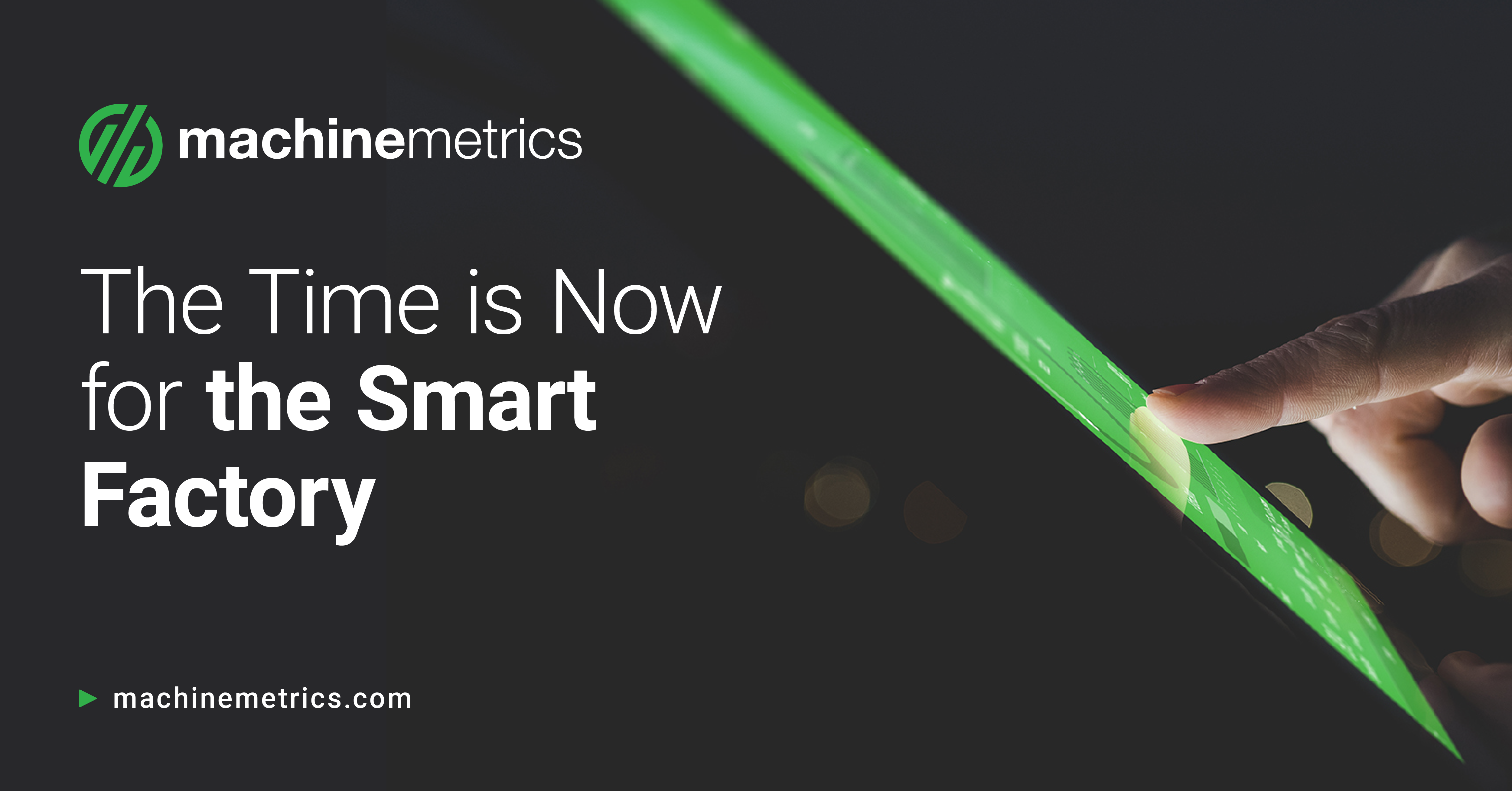
Technological Advances
For many years, the concept of a smart factory was out of reach both practically and conceptually. Issues such as storage, bandwidth and narrow, or non-existent skillsets within companies at the IT level prohibited the advancement of such concepts. The automation that was available was straightforward and linear task driven. Due to these factors, as well as cost, decisions on advancing automation were driven by necessity and not considered value-added compared to equipment and labor. But with the reality of Moore’s Law and the drastic reduction in cost as new technologies advance rapidly, companies are finding that they can consider these technologies to add potential value to the organization.
Capability of these advanced technologies has risen dramatically as well. With advanced algorithms, machine learning has reached a state where it can continue to refine actions that drive autonomous or semi-autonomous decisions within production equipment. So too has the advance of AI and deep analytics allowed for the possibility of moving into connection of processes rather than linear defined tasks. Companies such as John Deer and Volvo have incorporated machine learning and AI into their manufacturing process and the ever-increasing pace of technology advancement and the introduction of sensors, edge devices, software adaptors and cloud computing are now making these tools available to small and medium manufacturers as well.
Supply Chain and Demand Planning
With the advent of the global world economy, supply chains have expanded to include raw materials and components from around the world. Driven at first by lower labor costs, the same advancements in technology that have powered many consumer devices have allowed consumers to develop more informed and more sophisticated tastes in products. This has led to demand for faster deliveries, improved sustainability, better traceability and mass customization of products not possible even a few years ago.
Because of these changing tastes, supply chains have grown more complex and companies have begun to understand the need to leverage technology to help them manage this complexity. This technology has organically allowed them to improve vendor relationships, communicate more effectively and track precisely to navigate quick shifts in demand, and it is being done through deeper connection not only within the factory vertically, but throughout the supply chain horizontally to eliminate latency in the supply chain at every juncture.
The Marriage of IT and OT
Traditionally, departments such as IT were considered “overhead”, a function driven by necessity. While highly skilled, these skillsets were generally task driven and IT was not usually a part of decision-making structure. Automation that did occur did so as part of operations planning or manufacturing planning. The same was true for systems that drove scheduling and planning, quality and maintenance. The traditional function of IT was to get these disparate systems running and maintain them. Connectivity was either an afterthought or was simply not possible.
As technology has advanced and OT is becoming more and more aligned with IT, the power of Industry 4.0 points to increased value that can be realized through connectivity. As the two continue to converge, traditional views of networks and systems as “overhead” will shift to one of seeking what value can be added through these systems. As this value is uncovered, operational technologies such as SCADA, remote interfaces, PLCs with natural language capability and others can work in real time with IT.
Technical and Professional Labor Challenges
One trend that is pushing the adoption of smart factories is specifically a practical one. In 2000, the median age of the manufacturing worker in the US was 40 years old. By 2012, this number had increased to 44.7 years. As more young people have entered college for other fields and as the manufacturing workforce has aged, Deloitte estimates that between now and 2028 the US could see a shortage of as many as 2.8 million workers. Because of these statistics, many industries are increasing investments in smart factory technology to hedge against an increasing labor shortage.
Unexpected Competition
As connectivity and technology advance, many companies are finding competition not only from those within their industry who have traditionally competed for sales dollars. They are increasingly finding that those utilizing digitization can enter an industry and compete where they could not have done so even a few years ago. One only need to look at phone and cable companies who have increasingly entered each other’s traditional spheres of products to see how this can happen as technology advances allow. Now, however, the same practice can be used by agile, forward thinking small and medium sized manufacturers who have adopted connectivity, IoT and cloud computing to enter new territory.
As these trends continue to intersect, advances will continue apace within the entire sphere of Industrial IoT and in the ecosystem of technologies that drive Industry 4.0. As companies develop strategies for implementing Industry 4.0, perhaps the question should not be “Why have a smart factory now”? Given the trends above, a much more important question should come to mind. “How can we not have a smart factory”?
Ready to make your factory a "smart factory?" Contact us!


.png?width=1960&height=1300&name=01_comp_Downtime-%26-Quality_laptop%20(1).png)

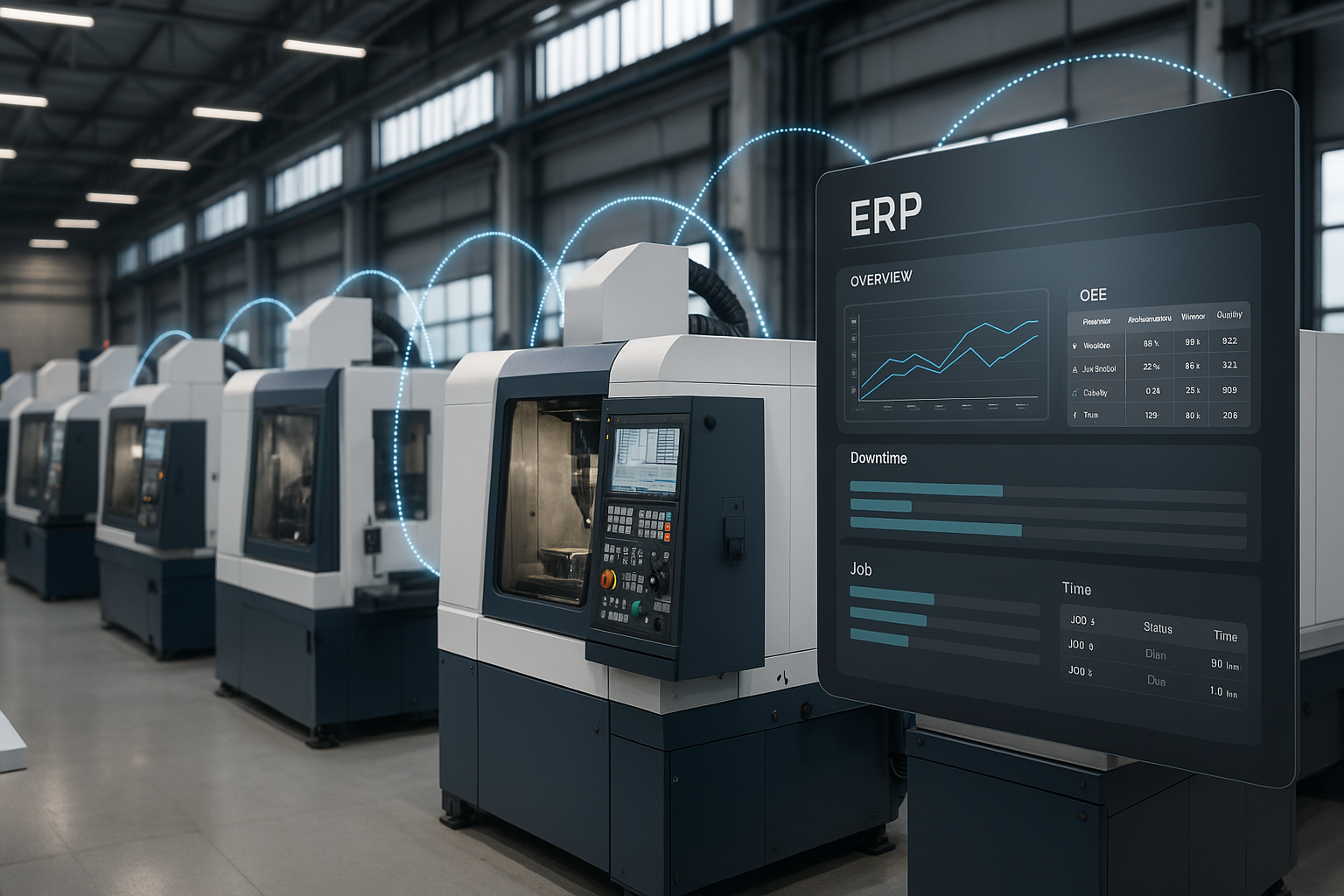
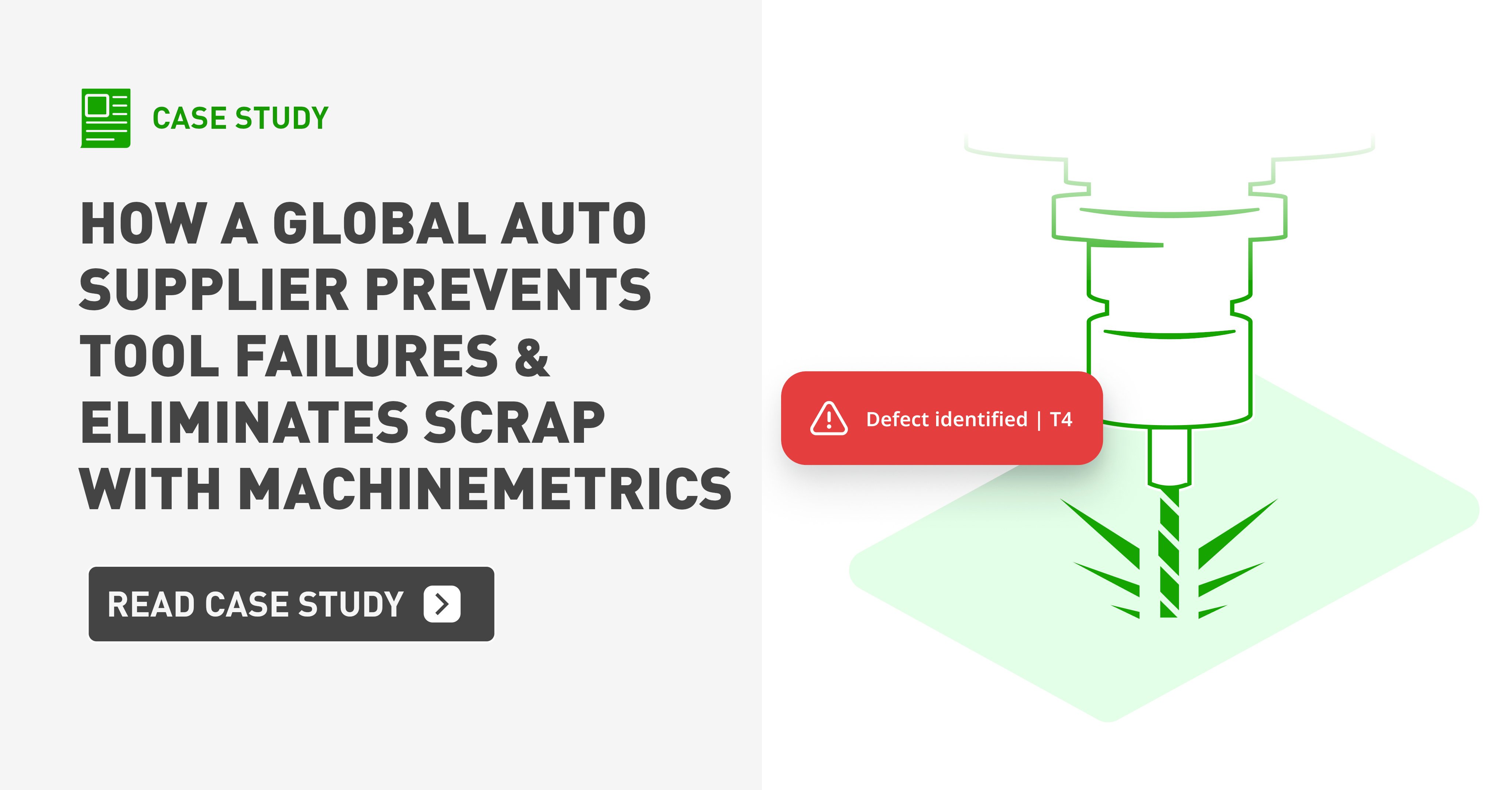
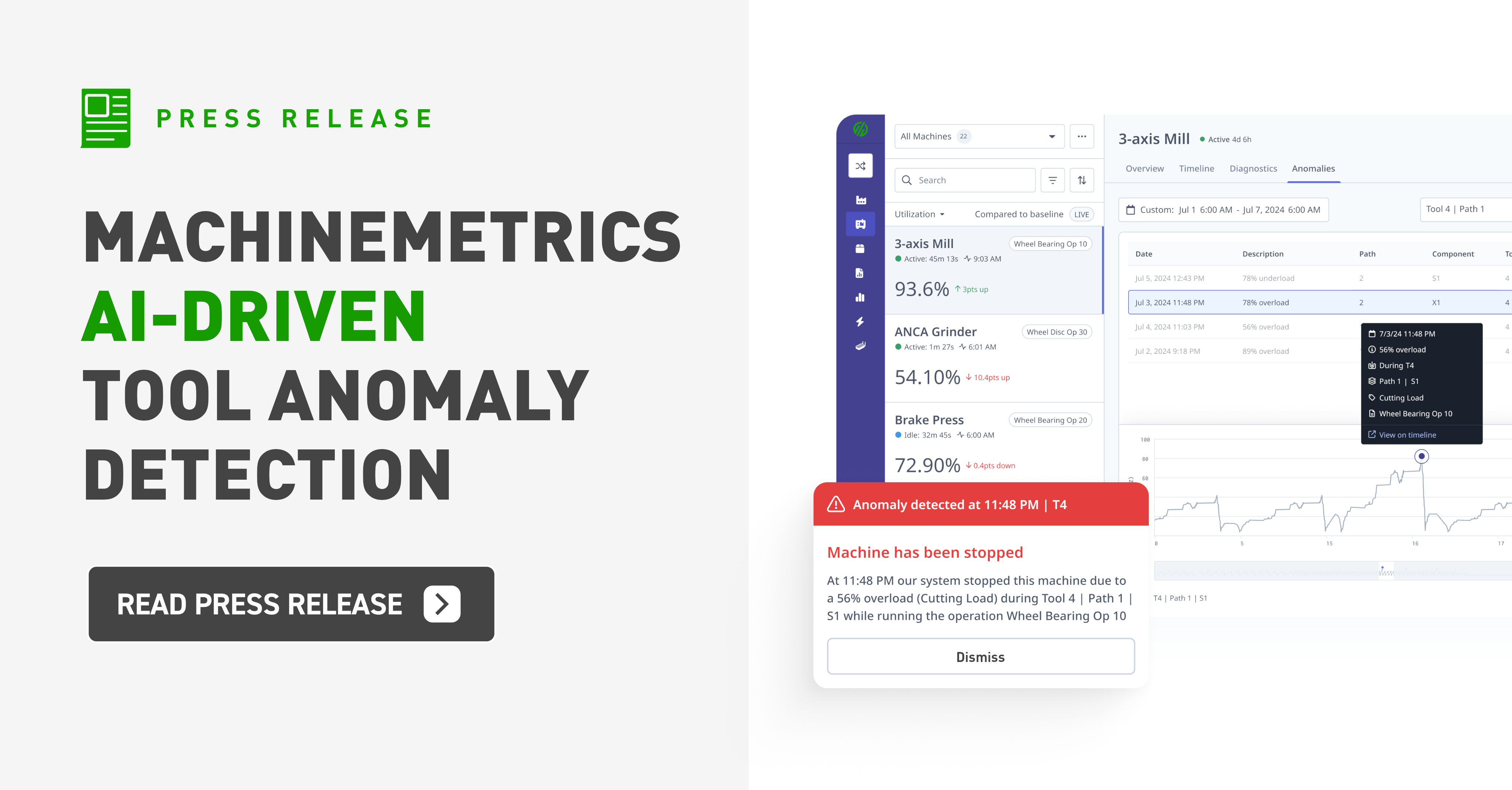
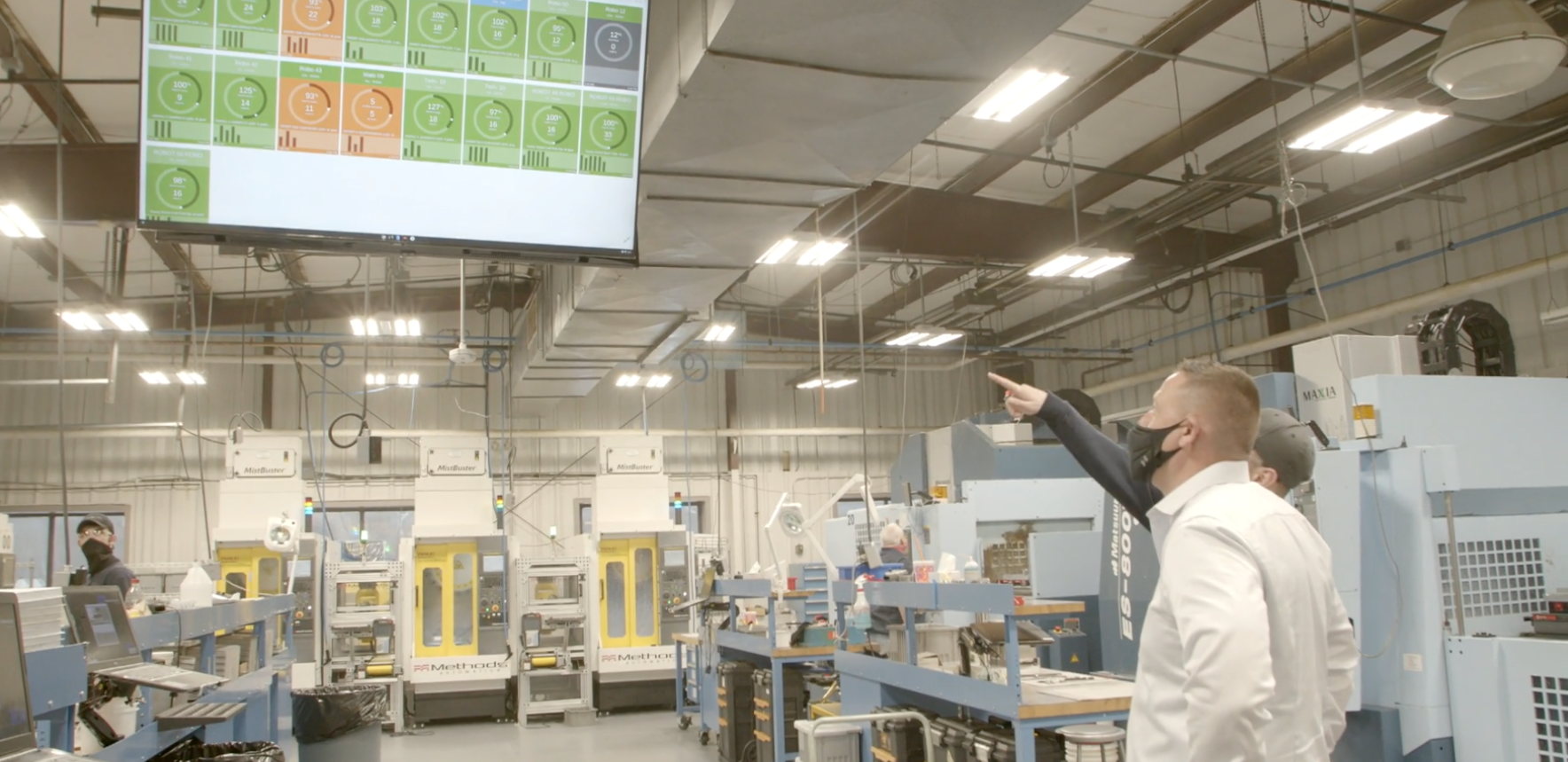

Comments